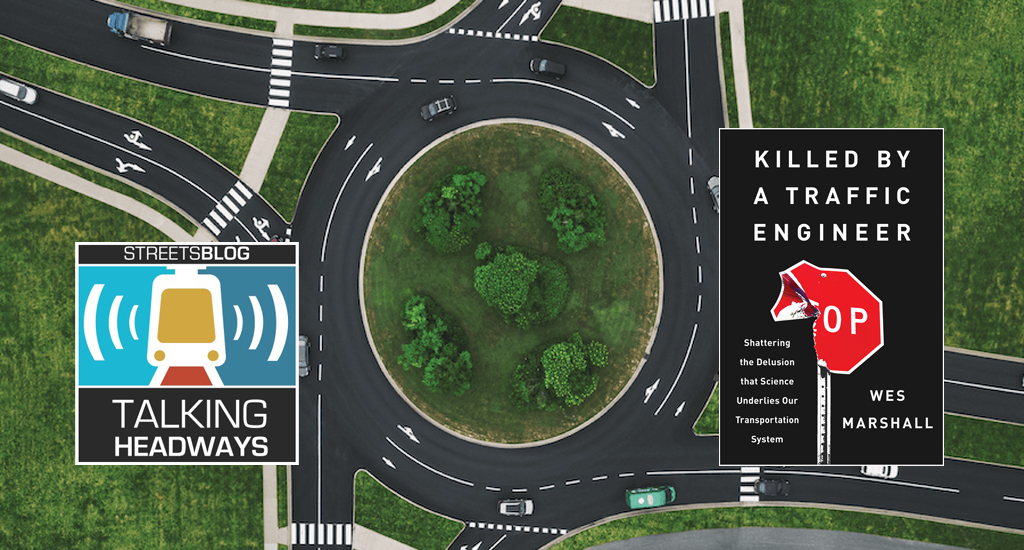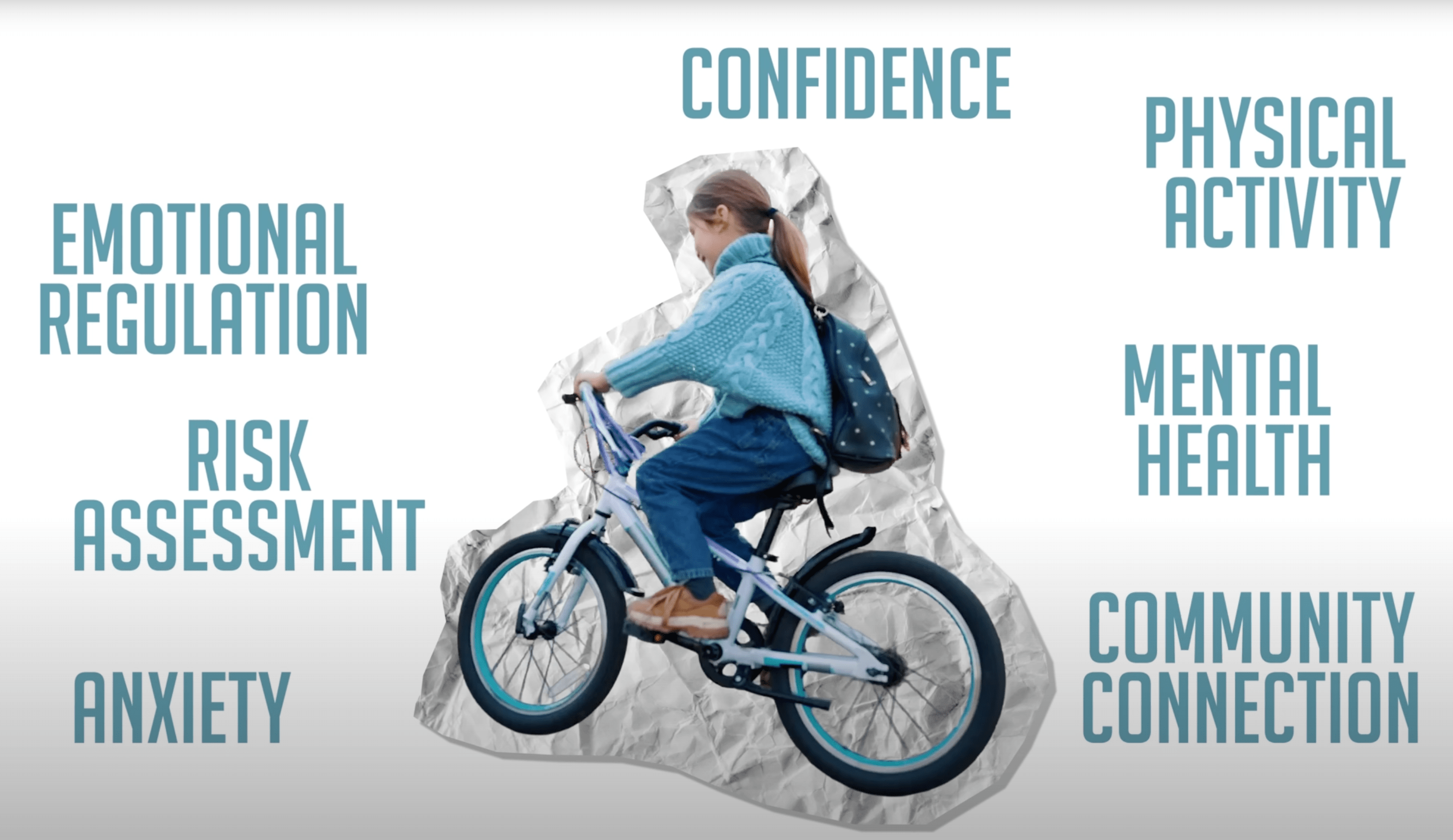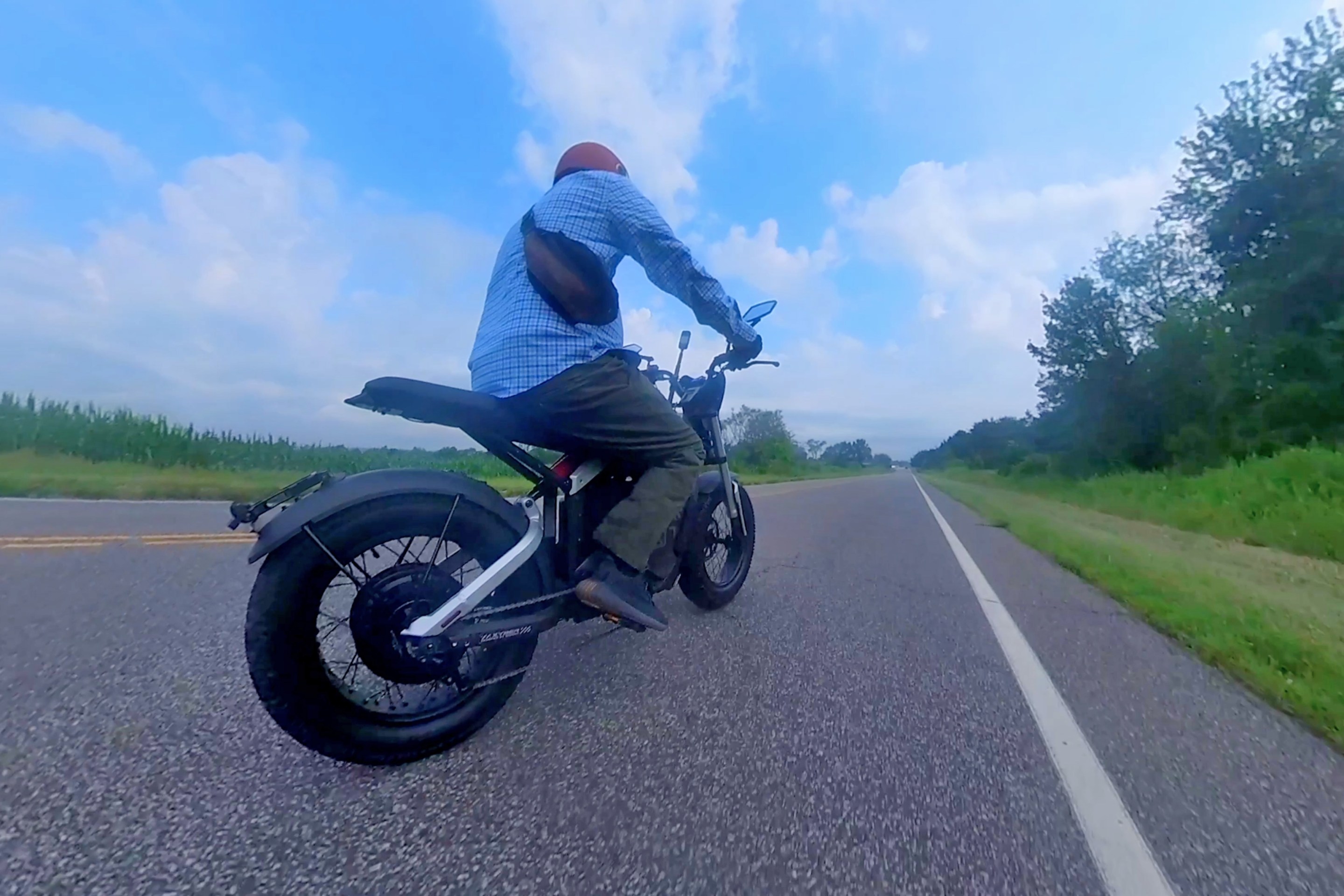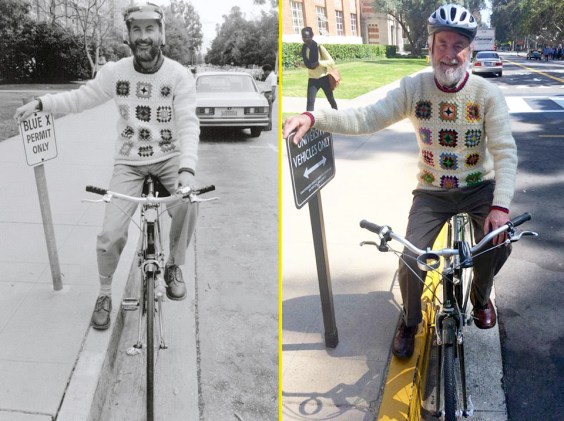This week we’re joined by Wes Marshall, Civil Engineering Professor at the University of Colorado at Denver to talk about his book Killed by a Traffic Engineer: Shattering the Delusion that Science Underlies our Transportation System.
We chat about writing process, the ideas of risk and exposure and what he learned from pouring over old transportation engineering journals.
Scroll down below the audio player for an edited, partial readout from our conversation — or click here for a full, unedited AI-generated transcript.
Jeff Wood: One of the biggest themes in the book might be about exposure. And, you know, that goes to some of the measurement issues. But what is exposure? And how is our data story not really any better than what they came up with in the 1930s?
Wes Marshall: Exposure is basically the denominator in our crash rate. So we take, you know, the number of fatalities or injuries or just total crashes. You don't want to really just compare the raw numbers. So we want to put them on an apples to apples and a more level playing field. So you want a denominator that oftentimes has, over the last 100 years, just been vehicle miles traveled for the most part.
So if you have 13 fatalities per one million miles, we can compare things on a more level playing field. But at the same time, when you think about those metrics, like when the denominator is vehicle miles traveled, there's two ways to get better safety. One is we reduce fatalities, injuries or crashes, right?
We reduce the numerator. The other way is to increase the denominator. Like if we increase VMT, we can all seem safer. And when you actually think about what this means for neighborhoods or for people, and which is I go through that early in the book, it doesn't make any logical sense whatsoever. It leads us to solutions that nobody would choose.
Like, I compared two towns, "Heresville" and "Drivetown," and I asked people, where would you rather live? Like, who would you rather be? Like, if you and I are getting to work today, and you drive a hundred miles and get into five crashes, and I drive ten miles and get into one crash. Who would you rather be? Like, the answer is clearly me, right?
I had one crash, but our safety metrics would say that you were doubly safe than me, because you're only having one crash every 20 miles. I was having one crash every 10 miles. So, from a human standpoint, you're like, what the heck? Like, this makes no sense. All our metrics are driving us towards more driving, but if you thought about it, from, like, a human health impact, because I argue that, dying on the road is bad for your health.
If we treat it like anything else we do in human health, where the denominator is population based, like per 100, 000 residents, you often get the exact opposite answer. And that's part of the reason why I think we've been pushing in the wrong direction, because we're just measuring the wrong thing.
Jeff Wood: You found that dense places were safer and some of the research I remember that you all did the research looking at like the smaller cycling towns in California.
Wes Marshall: Yeah. That was, that was all my, like my dissertation.
Jeff Wood: So, you know, all that stuff comes to light. And it's interesting that, you know, someone like Jane Jacobs basically says the same thing is like, look at all those older places that are working. And so why shouldn't we replicate those rather than create some crazy formula to make something new up that might not work as well.
Wes Marshall: Yeah, but if you look at the way we measured safety, like if we focus on fender benders, just total crashes, you can see like those places might have more fender benders, but way fewer people are dying on those roads. But if we're focused on the fender benders, you look at that place is unsafe, right? But if you look at it from just any person that's using that street, it's safer.
So we're doing sort of the opposite of what is common sense in a lot of cases. And that's sort of one of them. And that's what we found with some of that street network research, like the gridded street networks, the ones that were more compact. We're yeah, I think we had 7 to 9 percent more fender benders, but those same places were killing, like, 3 times fewer people than the more tree like networks.
So, yes, you feel like you're safe if you move to this cul-de-sac, but the type of big arterials we have to use to support those sort of street network designs, like, those places are killing way more people than the other places. But, like, the way we were measuring safety, there's a lot more driving there, so it just seems safer.






